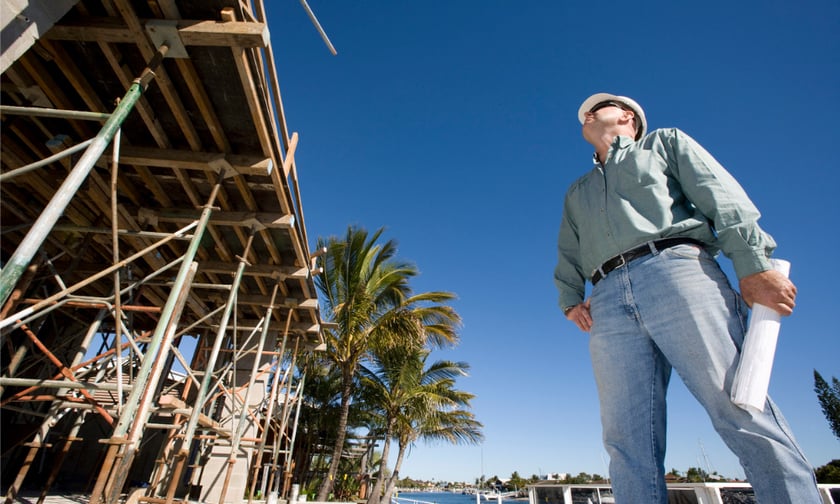

Queensland had the highest quarterly construction costs increases nationwide, with costs lifting by 5.8% over the September quarter, well above its June rise of 2.3%.
This was according to property analyst group CoreLogic’s Cordell Construction Cost Index, which tracks material and labour costs.
The CoreLogic report found construction costs over the September quarter were the largest rise on record nationally, excluding the September 2000 quarter that was impacted by the GST, ABC reported.
The quarterly rise in construction costs was 3.3% in Western Australia, 3.8% in South Australia, 4% in NSW, 5.8% in Queensland, and 5.6% in Victoria.
John Bennett, CoreLogic’s Cordell Construction estimation manager, pointed to the rising cost of raw materials, labour, and fuel prices as the factors that continued to push residential construction costs higher.
“A shortage of labour and more expensive overheads continue to have a bearing on the industry,” Bennett said. “Its impact on the residential construction industry has not been lost with ongoing delays to completion times and a blow out to builders’ holding costs during a period of market change. We’re seeing a large increase in waste disposal fees across most states, and volatility in professional fees and services, with Victoria and Queensland showing the highest cost increases.”
Tim Lawless, CoreLogic research director, expected the demand and pressure for construction materials and trades to continue to climb.
“The backlog of construction approved during COVID is still being worked through and on top of that is the rebuild and repair work following this year’s major weather events, with more forecast this month,” Lawless said. “There is no quick solution for providing additional materials, and fuel costs remain elevated. All of these factors have an impact and are likely to push building costs higher for some time yet.”
Lawless said that what drove an “unprecedented” amount of building approvals, which in turn, had increased construction demand, was the federal government’s home builder scheme launched at the height of the COVID-19 pandemic in 2020, ABC reported.
“This is something that’s been ongoing throughout COVID and isn’t showing any signs of slowing down,” he said. ”That's run headlong into these capacity constraints both from a materials perspective as well as a labour supply perspective. It does mean that for builders, margins are being eroded substantially. A lot of builders would be virtually profitless with such a high increase, but it also means a lot of uncertainty for those people who are building a home.”
Some building supply shortages were being resolved, but other materials, like timber and steel, remained scarce.
“We’re not seeing any signs of construction costs slowing down just yet,” Lawless said. “It doesn't look like there’s any light at the end of the tunnel for labour costs. We should expect that there are going to be further rises in construction costs before we see some sort of a ceiling or even construction costs coming down a little.”
Antonia Mercorella, REIQ chief executive, did not find the price hikes surprising.
“It is incredibly difficult constructing something in this market, it is the hardest it has ever been,” Mercorella said. “It is just so difficult to find a builder at the moment, trades are also hard to find. It is near impossible and when you do, you are paying an absolute premium. Against that backdrop, you would expect we would be the most expensive state in Australia. It talks to the popularity of Queensland at the moment. We can't keep up in Queensland. Demand is just so strong and we are struggling to keep pace.”
Mercorella said that according to REIQ data, the sunshine state remained the number-one destination for interstate migration, with demand for property and land as strong as ever, ABC reported.
